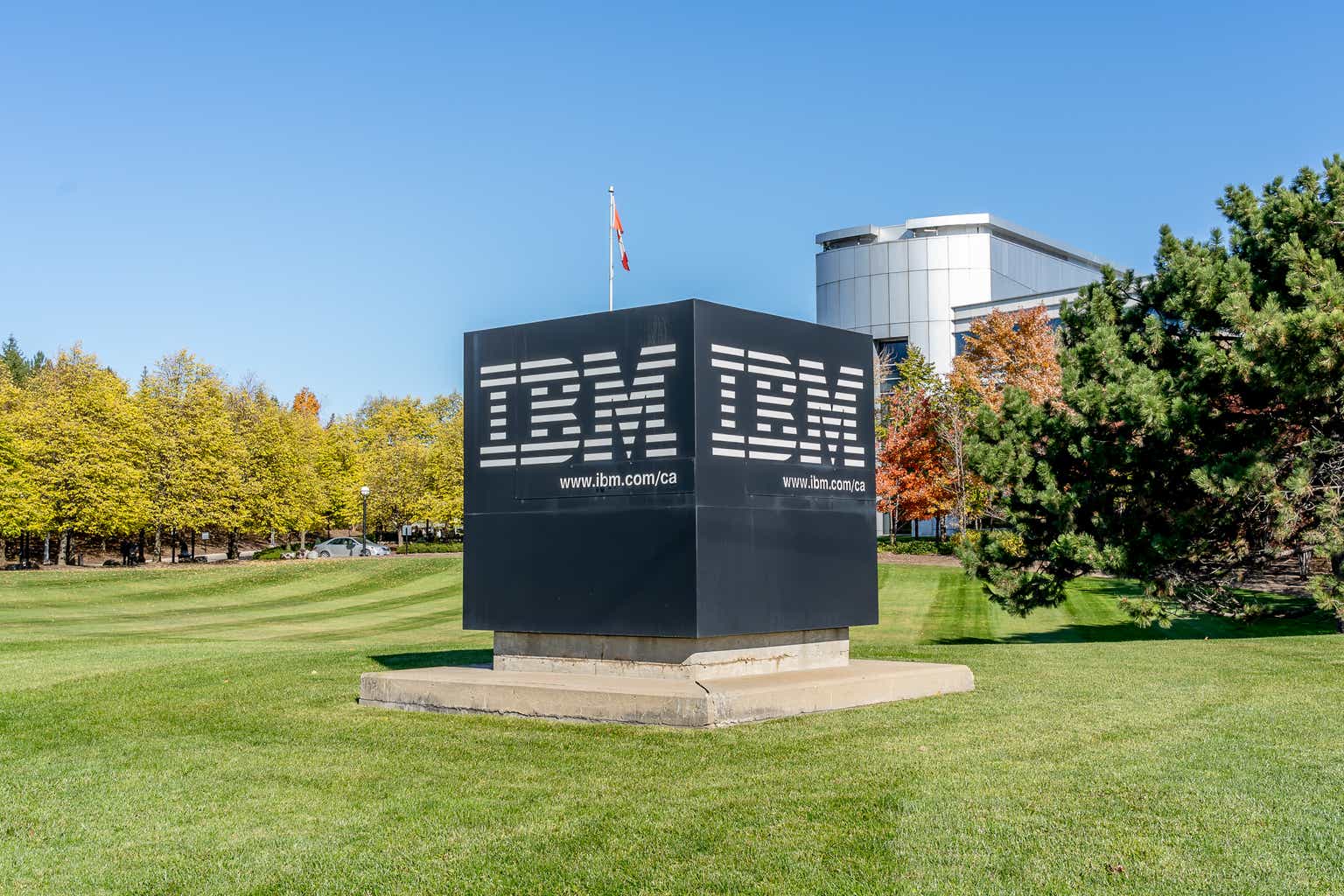
AI is no longer a question of if or when. It’s already here. Embedded in pilots, demos, and proofs-of-concept across nearly every major enterprise. But here’s the catch: most of those AI projects go nowhere.
In fact, the percentage of companies scrapping a majority of their AI initiatives jumped from 17% to 42% this year, according to S&P Global Market Intelligence. While the technology is real, the operating model isn’t.
At ServiceNow, we’ve led AI through shared leadership—not from the top down. The collaboration between technology and business functions may take different forms, but the goal remains the same: make AI deliver measurable business outcomes and avoid siloed innovation at all costs. Specifically, we’ve built a pact between the CIO and COO that treats AI as a business system and experience layer, with shared outcomes and measurable results. We’ve already realized $350 million in value from productivity and time savings, while focusing on innovating across the business with a shared approach to AI across all departments.
This strategy worked for us and is a blueprint that any organization can adopt. If you want to escape pilot purgatory and move AI into production, here are five practical ways to operationalize AI at scale and see real business value in the first 90 days.
Start with the work, not the model
Too many companies get caught up in experimenting with the latest large language model before identifying where it can solve real business problems. Start with three enterprise use cases with a direct line to your P&L. Then set public, CFO-approved yardsticks: cycle time, deflection rates, cost-to-serve.
At ServiceNow, we identified the key use cases that drive the most value for employees and customers, starting with help desks. ServiceNow has a fully autonomous IT service desk, with 90% of incoming tickets handled by AI. For customer support, 89% of incoming tickets are deflected with customer self-service for most basic inquiries, and 50% faster case resolution times for more complex issues. This created a scalable model we extended across HR, finance, sales and more. Not a pilot. Not a demo. Real outcomes.
Fix data chaos first
AI fails because it’s guessing. When your data is fragmented and unstructured, AI lacks the context to make smart decisions.
Before layering in new models, invest in your data fabric—relationship graphs, lineage, reliable labels. Make your data human-readable, so AI can reason like a human would.
Govern AI like a business system
Governance can’t be a one-time committee review of deployed AI models and tools. It must be an operating discipline. It’s critical to establish a central control tower that oversees every agent and model, from provisioning and permissions to observability and rollback.
Think of it like cybersecurity or finance. You don’t scale those functions without oversight. The same must be true for AI.
Redesign work for human and agent teams
The goal isn’t to replace humans. It’s to eliminate the digital friction that slows them down.
Microsoft’s 2025 Work Trend Index shows that employees are interrupted every two minutes by meetings, messages, or alerts. Nearly half of workers say their day feels fragmented and chaotic. That’s not a productivity gap—it’s a structural failure.
We start by mapping real journeys, not just workflows on paper. And we embed agents at the handoff points so people spend less time copying and pasting, and more time solving meaningful problems.
Make the CIO–COO pact real
Here’s how we structure our partnership:
- One backlog, two owners: Fund value streams, not departments.
- Dual-speed governance: Sandboxes move fast; production enforces rigor.
- Monthly AI dashboard: Track outcomes like time saved, risk reduced, satisfaction improved.
- Upskilling as policy: Incentivize managers for human-in-the-loop quality, not deployment quantity.
This goes beyond collaboration and gives all leaders co-ownership of bigger business transformation.
90-Day AI playbook
Turning strategy into execution doesn’t require a full digital overhaul—it requires structure, speed, and clear accountability. This 90-day playbook breaks down the daunting task of AI transformation into four focused sprints. Each phase is designed to build momentum, prove value early, and give business leaders the clarity they need to scale with confidence.
These steps get AI into production as the building blocks of the autonomous enterprise, where AI agents, data, and workflows operate in sync to drive resilience, speed, and growth.
Run this sequence to move from pilots to AI value:
Days 0–14: Choose 3 use cases with CFO-approved metrics. Define clear guardrails (privacy, auditability, bias).
Days 15–45: Connect the data you already have. Label key entities. Build the control tower.
Days 46–75: Deploy minimum viable AI workflows. Measure deflection, dwell time, and user satisfaction. This is the time to test, iterate, and improve.
Days 76–90: Double down on what works. Publish results. Fund the winners. Retire the rest.
What success looks like
You’ll know it’s working when:
Your board asks, “What else can we hand off to AI?”
Employees spend less time toggling between tools and more time delivering value.
Governance reviews are boringly predictable because the system just works.
Why it matters now
IDC estimates generative AI could add up to $22 trillion to the global economy each year by 2030. But that value won’t go to the companies with the most impressive demos. It’ll go to those with the discipline to scale, the governance to trust, and the partnership to lead.
If CIOs and COOs can co-own the AI operating model, AI stops being a headline—and starts becoming a habit. And as AI continues to evolve, this partnership will become the foundation for a new kind of enterprise collaboration—one where CFOs, CHROs, CMOs, and beyond work together through intelligent systems that move with speed, transparency, and trust.
The “honeymoon” phase of AI is over, and the organizations that lead with execution—not experimentation—will define the next era of enterprise transformation. The only question left is, who’s ready to lead?
The opinions expressed in Fortune.com commentary pieces are solely the views of their authors and do not necessarily reflect the opinions and beliefs of Fortune.















